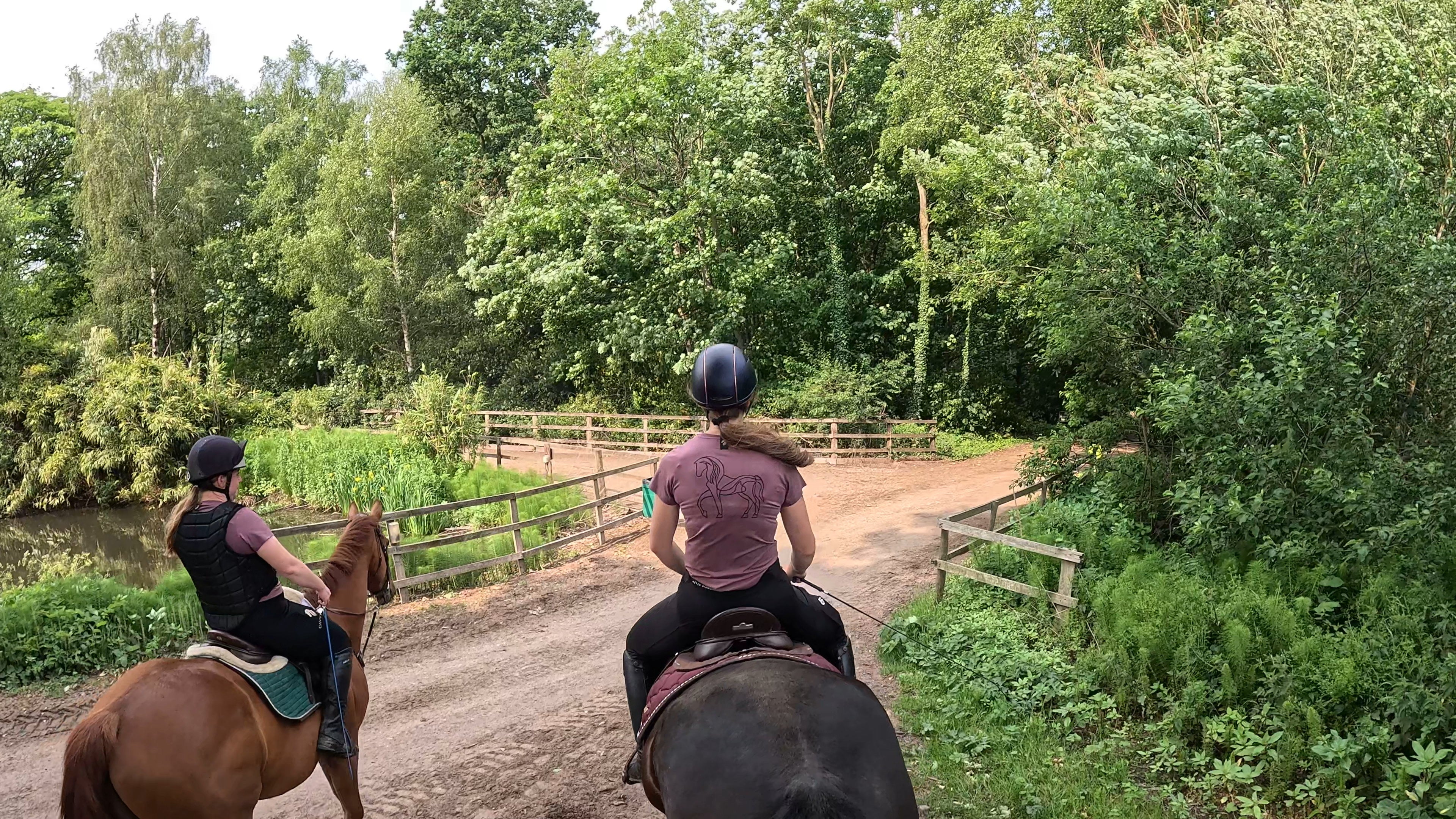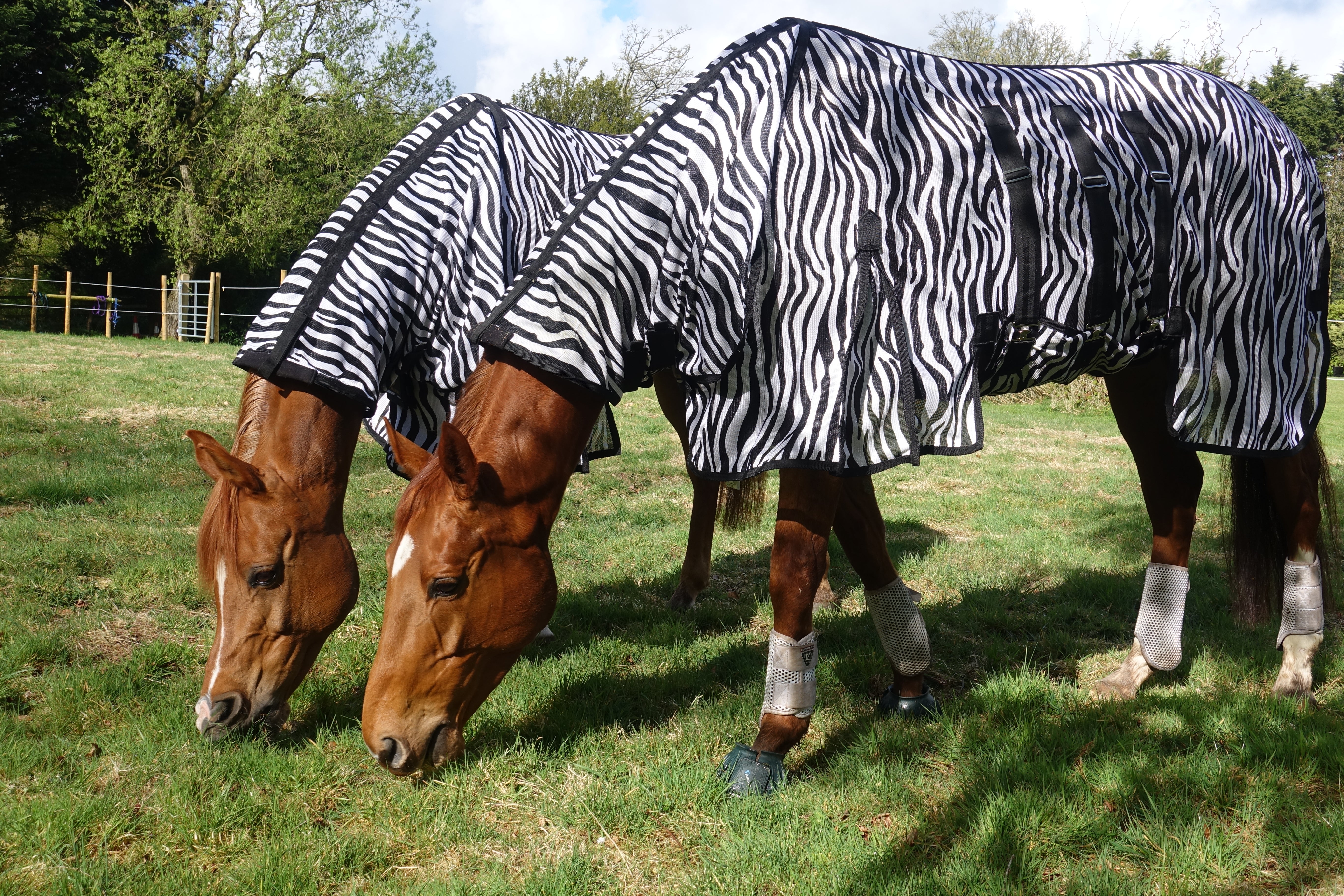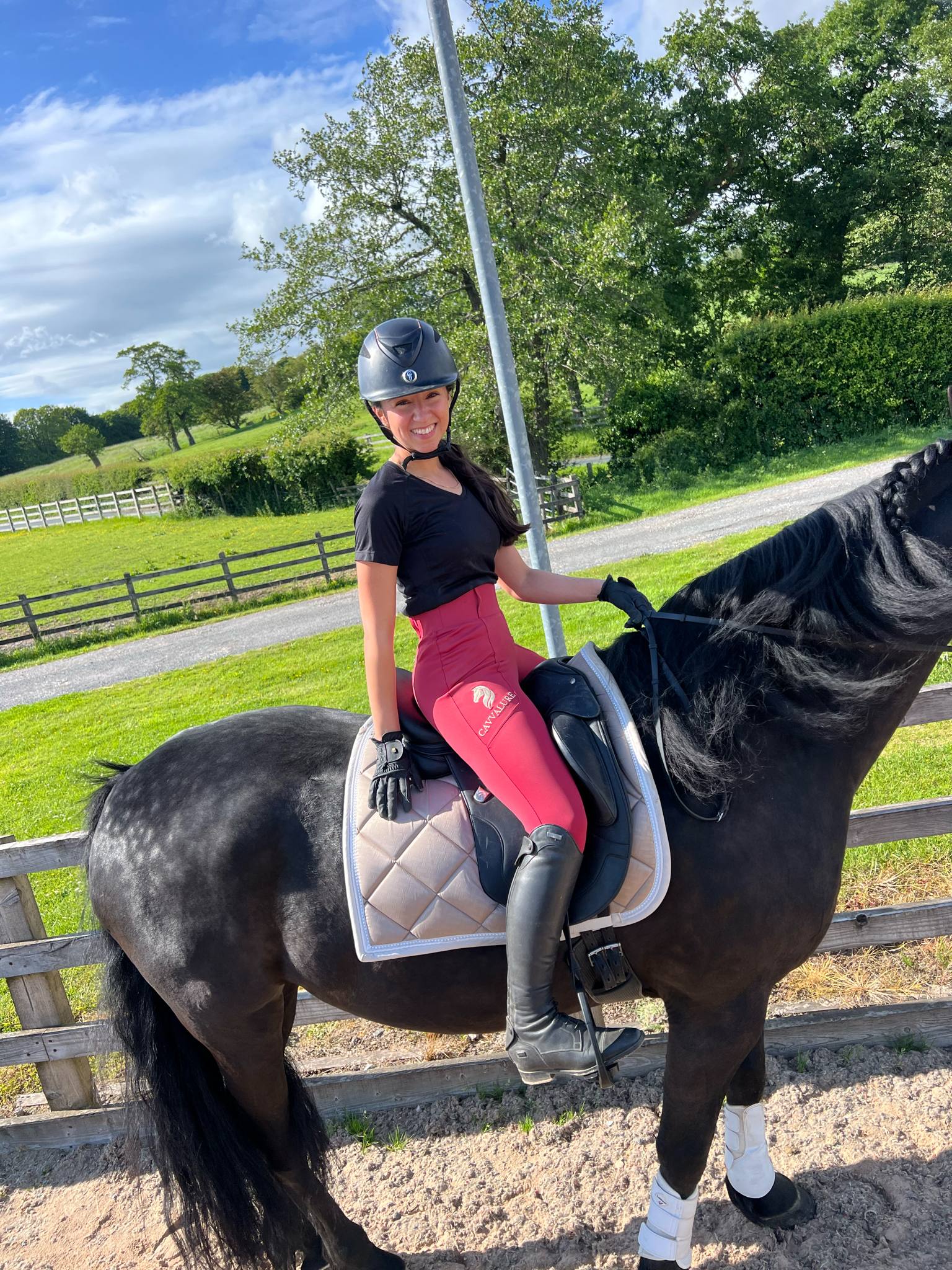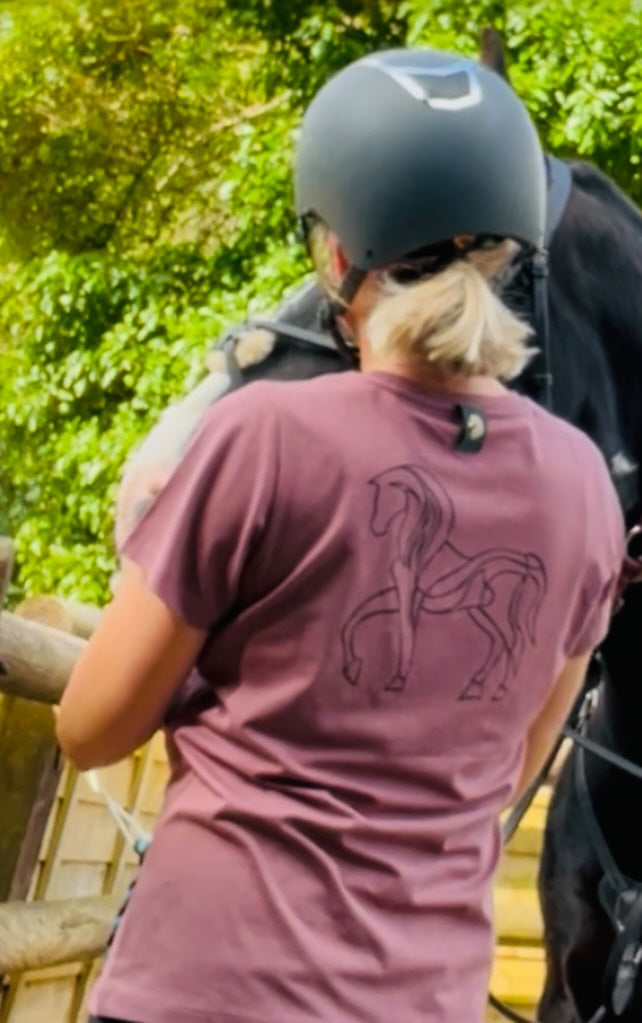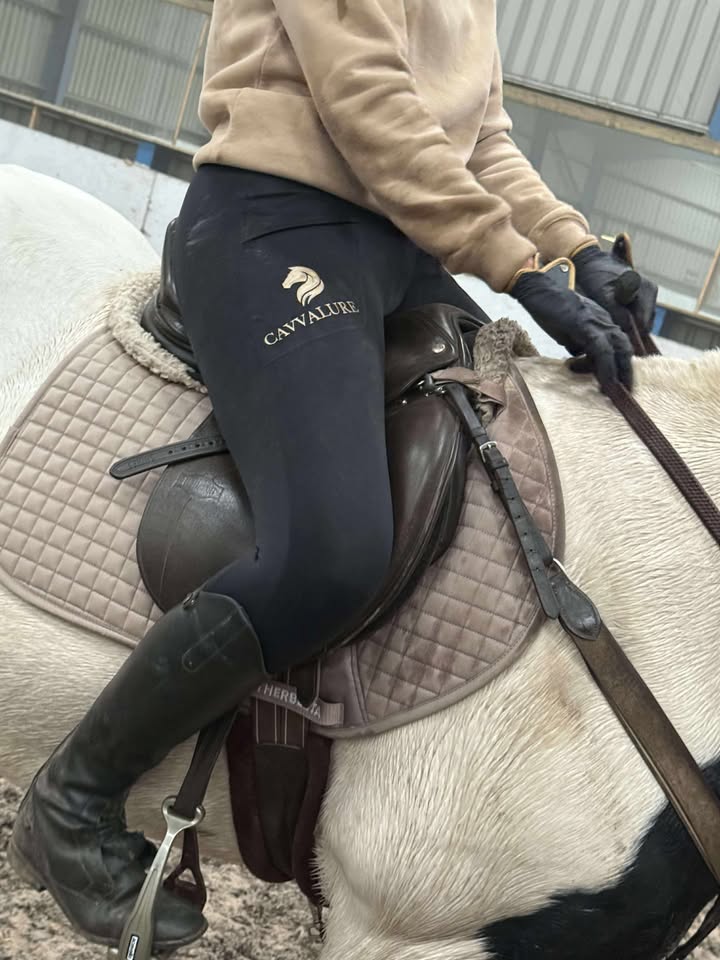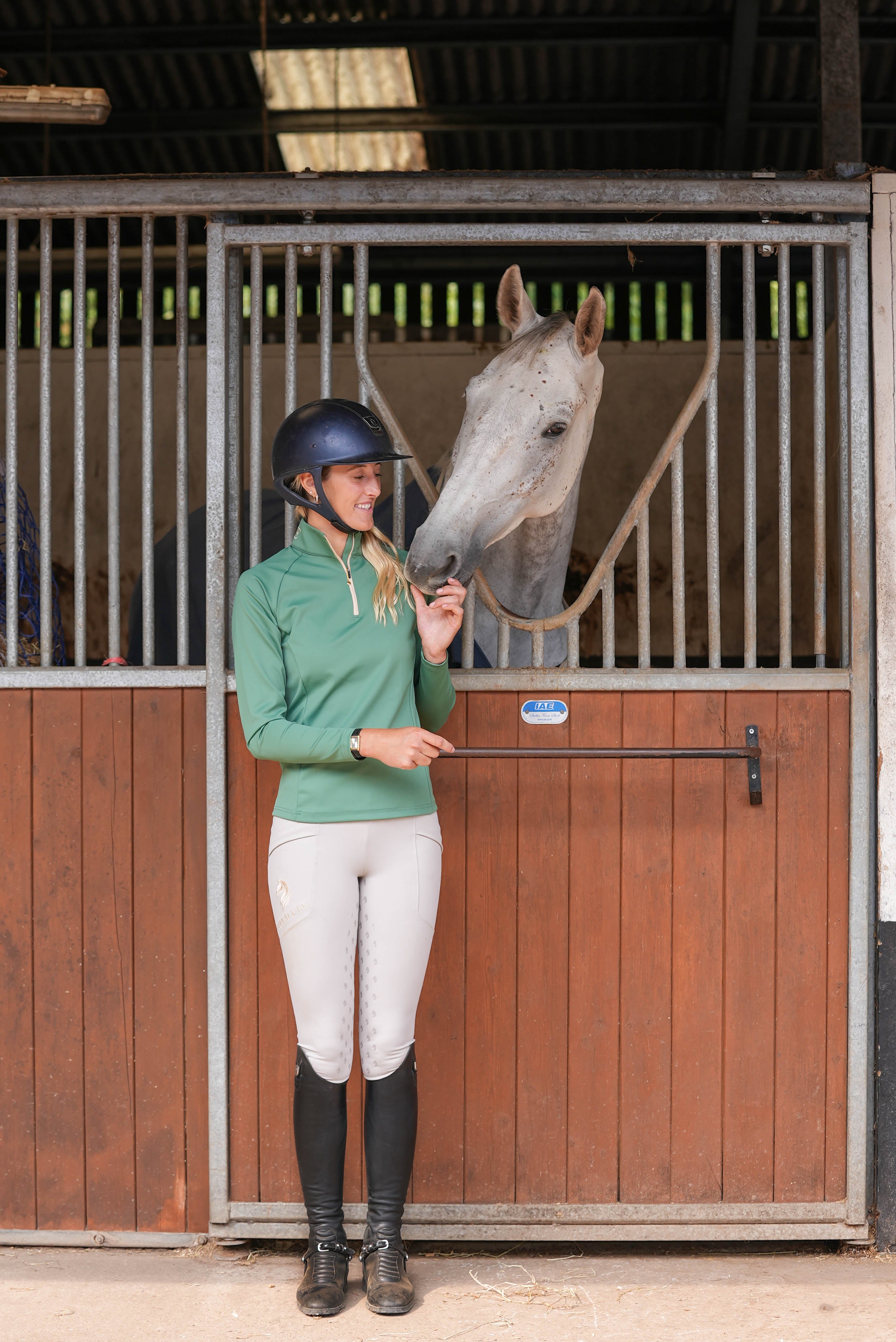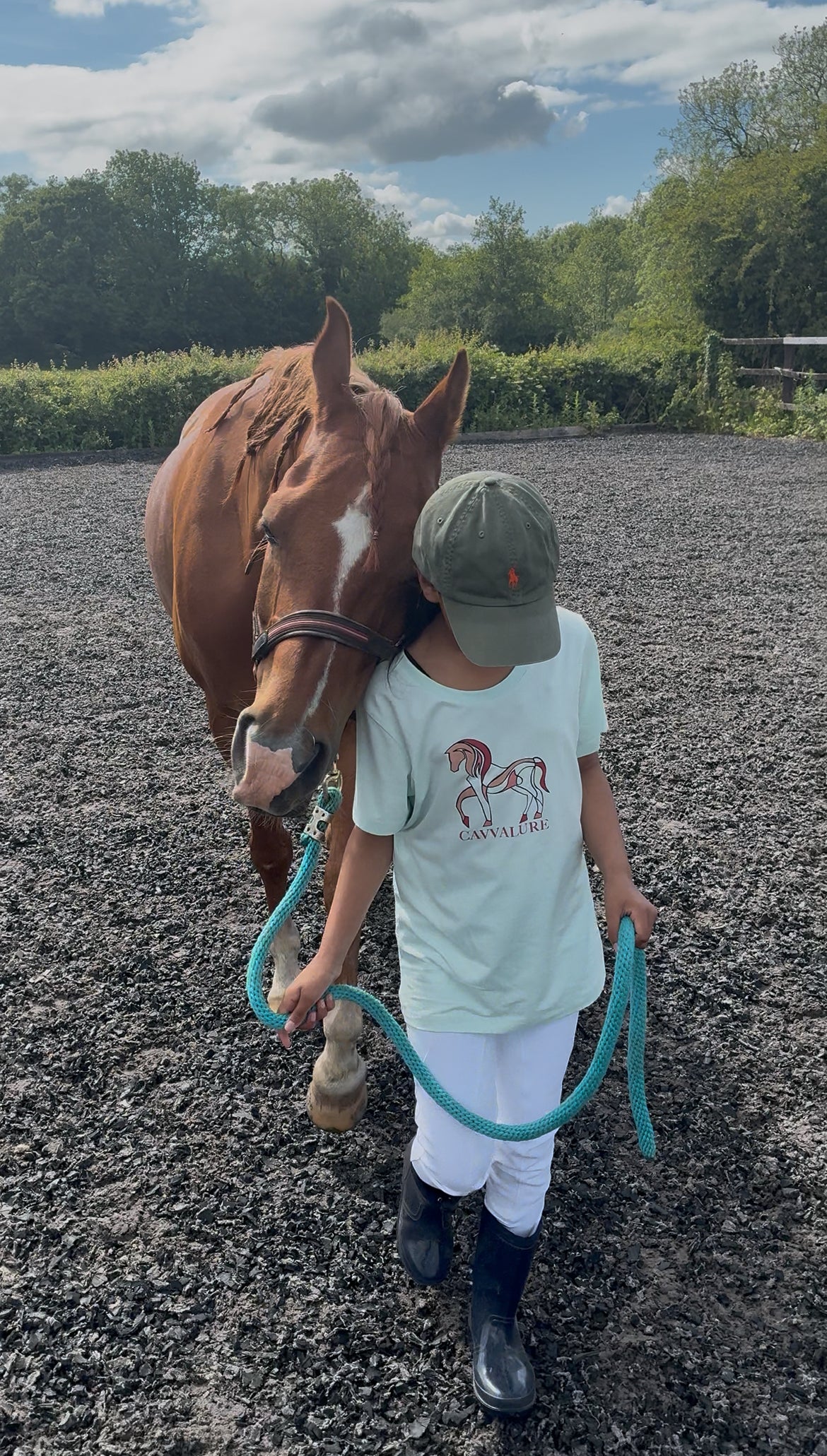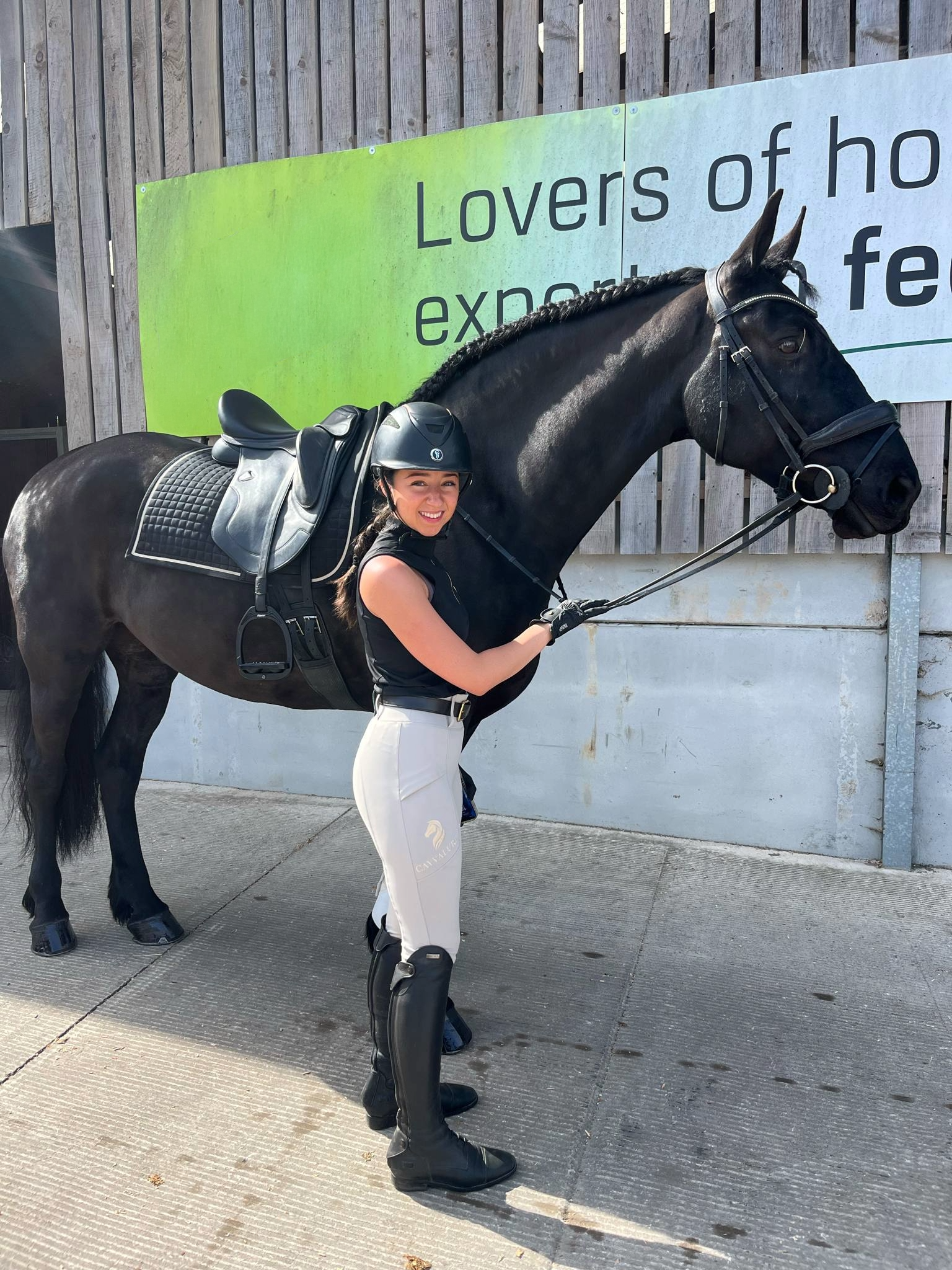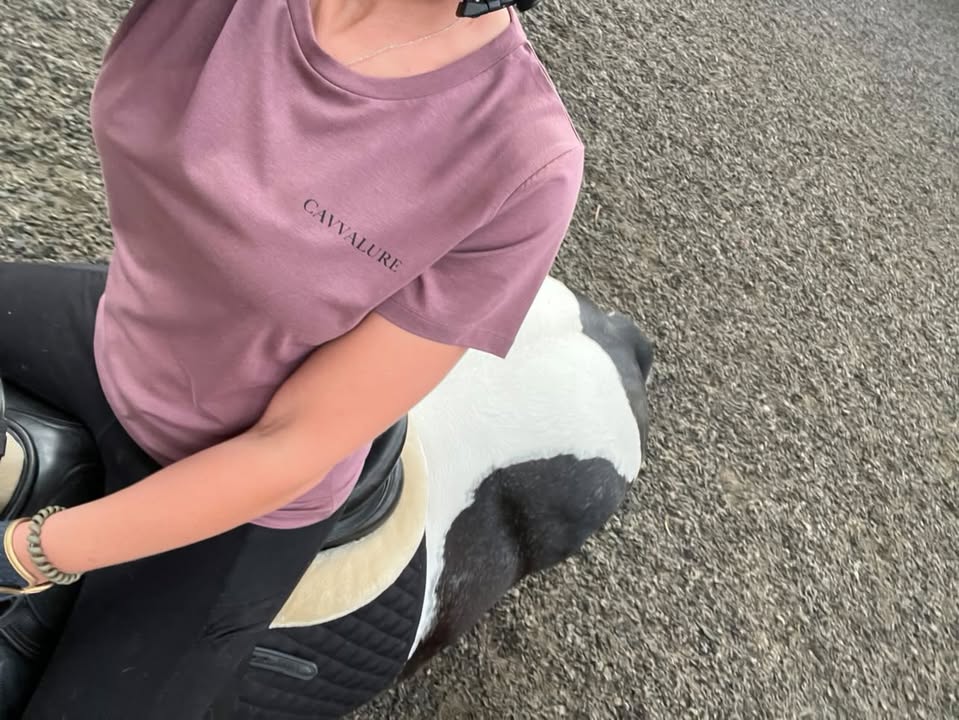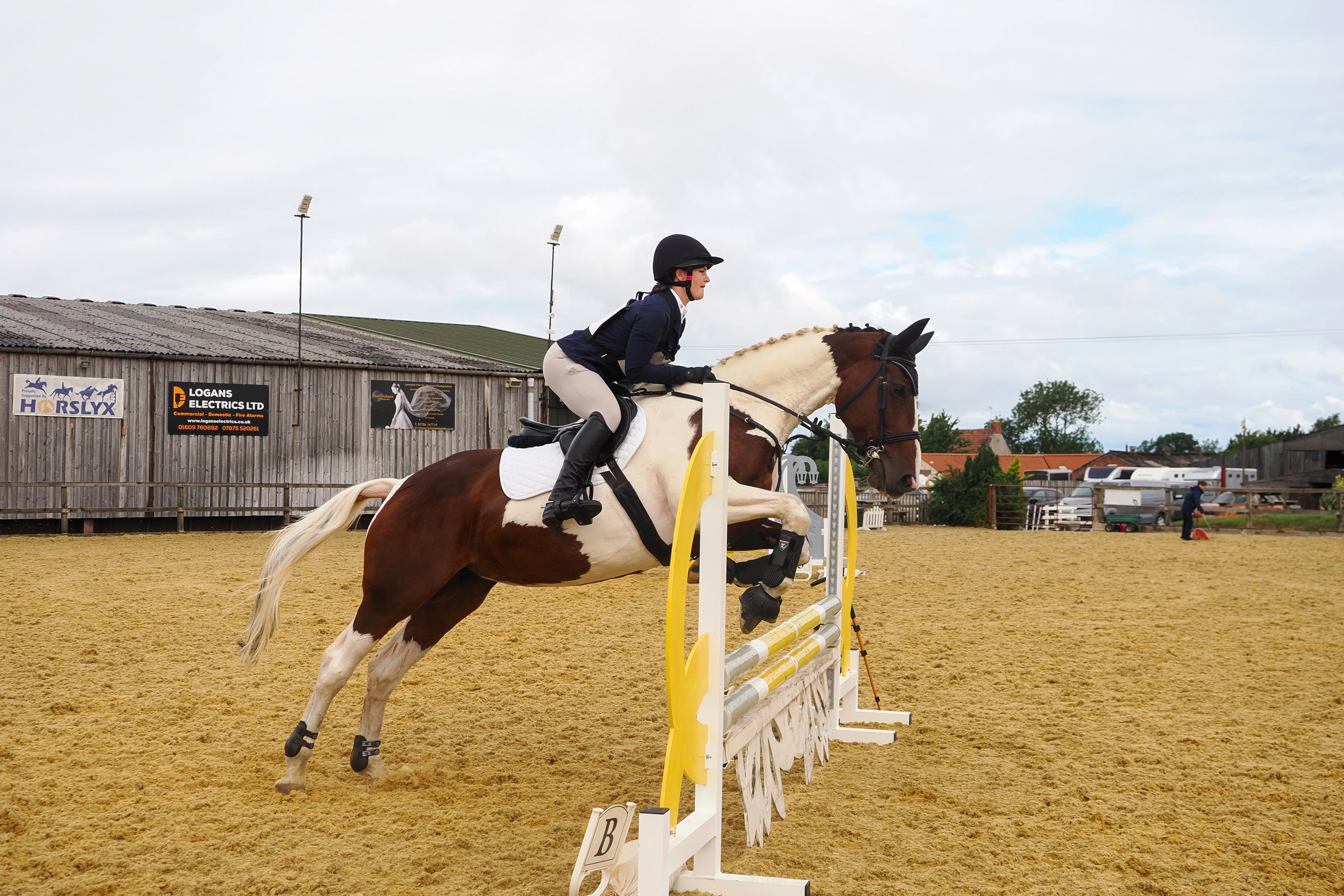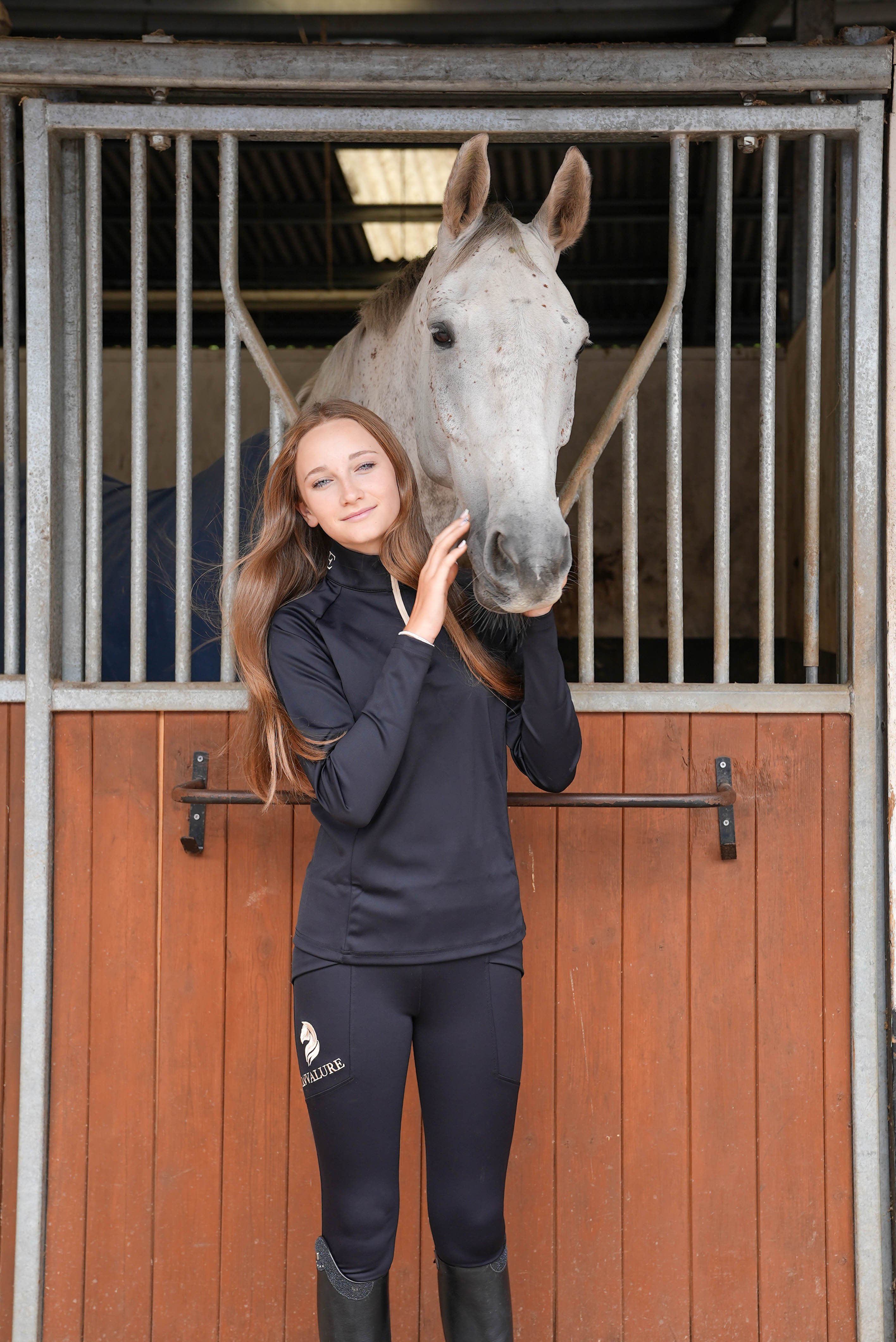If you’ve ever groomed your horse during spring or autumn, you’ll know all too well how much coat they can shed. But what’s actually going on under all that fluff? Why do horses grow a thick, woolly coat in winter and then seem to gleam with a sleek shine come summer?
Let’s dive into the fascinating (and very practical) differences between your horse’s summer and winter coats – and what it means for your care routine.
The Summer Coat: Sleek, Short, and Shine-Ready
Come late spring, your horse will naturally begin shedding their heavier winter coat to make way for a lighter one better suited to warmer weather. The summer coat is:
-
Shorter and finer – it helps keep your horse cool and comfortable in warmer temperatures.
-
Shinier and smoother – natural oils are more visible on the shorter hairs, creating that beautiful summer glow we all love.
-
More responsive to grooming – this is the coat that really shows off good nutrition and care.
Summer coats don’t offer much insulation, so if the weather turns unexpectedly chilly (we are in the UK, after all), some horses may need a lightweight rug to stay warm.
The Winter Coat: Fluffier and Functional
As the days shorten and temperatures drop, your horse will grow a winter coat that is:
-
Longer and thicker – the extra hair traps warm air close to the skin, acting like a natural duvet.
-
More textured – often described as “woolly” or “fuzzy”, especially in native and unclipped horses.
-
Built for warmth, not looks – it might not shine the same way as a summer coat, but it does the job incredibly well.
Horses rely on this coat to self-regulate their temperature when turned out in the colder months, particularly if they’re unrugged or lightly rugged. If they’re clipped, of course, they’ll need rugs to compensate.
A Natural Cycle, With a Bit of Help from Us
Your horse’s coat is influenced by daylight hours more than temperature. That’s why even in a warm spring spell, they might still be hanging onto some of that winter coat until the days get longer.
Regular grooming, a balanced diet, and the right rugging strategy all help your horse transition smoothly between the two seasons. And for those managing clipped horses, keeping coats healthy through winter takes a little extra care – but the difference in comfort and performance is well worth it.
In Summary:
| Coat Type | Texture | Function | Time of Year |
|---|---|---|---|
| Summer Coat | Sleek, short, shiny | Keeps horse cool | Late spring to early autumn |
| Winter Coat | Thick, fluffy, insulating | Traps body heat | Late autumn to early spring |
At Cavvalure, we believe in working with nature, not against it – understanding how your horse’s coat works is just one more way to keep them comfortable, happy, and looking their best, whatever the season.
Got a grooming routine you swear by during coat change season? Tag us on Instagram @Cavvalure – we’d love to see!


